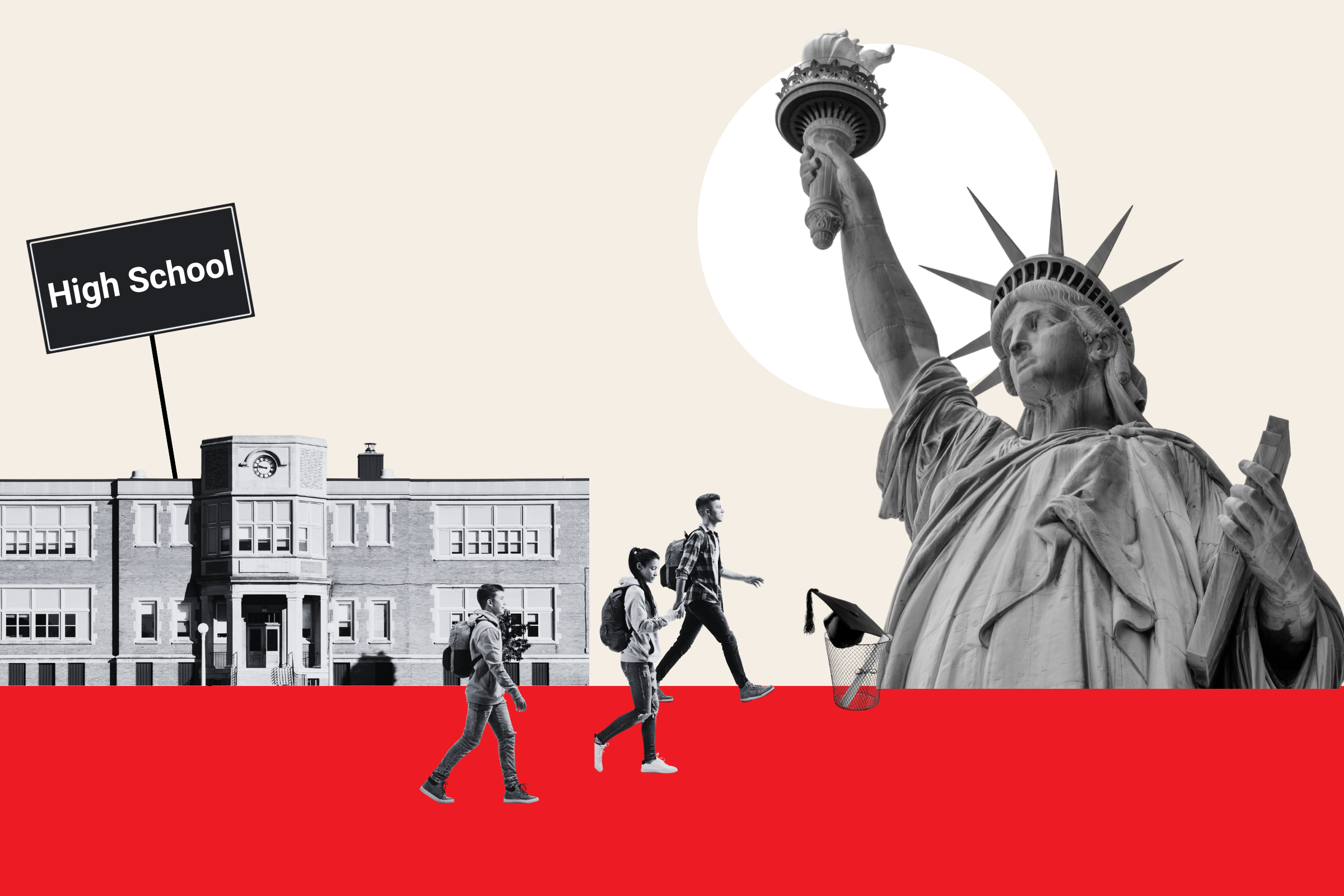Skygazers around the world were treated to a once in a lifetime experience on Monday, when the great conjunction of Jupiter and Saturn formed what has been dubbed a Christmas Star.
Photos from the event that occurred at 5:53 p.m. EST showed the huge gas giants shining in the night sky, appearing to come closer than they had done for almost 400 years. From Earth, they looked a tenth of a degree apart, or the thickness of a dime held at arm's length.
Monday's celestial show was also the first time in nearly 800 years that Saturn and Jupiter aligned at night, meaning the conjunction could be seen from almost anywhere in the world.

Those armed with a pair of binoculars or a small telescope could see the planets and their moons through one field of view, with Saturn looking closer to Jupiter than some of the planet's moons, NASA said. In space, however, they were still hundreds of millions of miles apart.
Jupiter and Saturn align about once every two decades. "But [for the planets to be this close] is quite remarkable," Professor Tim O'Brien, an astrophysicist at the University of Manchester in the U.K., told BBC News.
Explaining the phenomenon, NASA astronomer Henry Throop said in a statement last week: "You can imagine the solar system to be a racetrack, with each of the planets as a runner in their own lane and the Earth toward the center of the stadium.
"From our vantage point, we'll be able to be to see Jupiter on the inside lane, approaching Saturn all month and finally overtaking it on December 21."

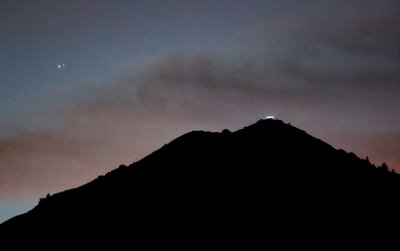


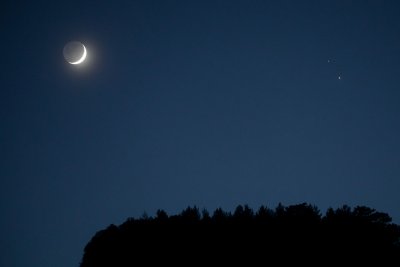

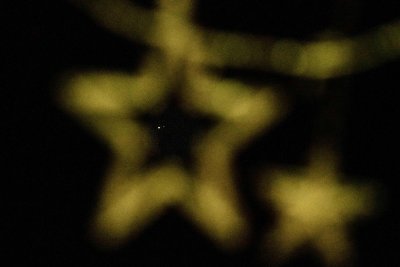



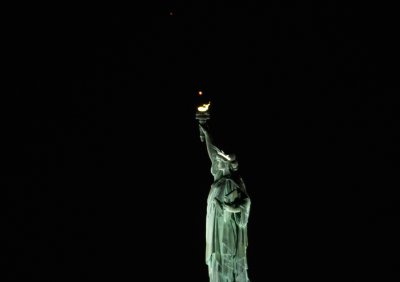
The occasion was made even more special as it coincidentally landed on the Winter Solstice—the longest night and shortest day of the year—and days before Christmas on December 25, earning it the nickname the "Christmas Star."
Jupiter and Saturn will not appear so close in the sky until 2080 and then for another 337 years after that in 2417.
Those who missed the great conjunction still have a chance to see Jupiter and Saturn appearing to sit relatively close to one another in the sky for the next few days, NASA's Planetary Science Division tweeted on Monday.
☁️😞☁️ Cloudy where you are for today's #GreatConjunction? Don't forget that Jupiter & Saturn will still be very close together – and quite a sight – in the southwest sky for the next few days! ✨ Bright Jupiter will be just to the left of dimmer Saturn. https://t.co/XZ1legBvZ0 pic.twitter.com/TJum2KiZF9
— NASA Solar System (@NASASolarSystem) December 21, 2020
Jonathan McDowell, an astronomer at the Harvard-Smithsonian Center for Astrophysics, told Reuters: "Big telescopes don't help that much, modest binoculars are perfect, and even the eyeball is okay for seeing that they are right together."
Those who got a taste for astronomy on Monday can look forward to the continuation of the peak of the Ursid meteor show today.
Frank Delargy told Newsweek he shot the image below in his back yard in Tampa, Florida. He said he spent the evening "enjoying the beautiful colorful sunset and preparing my camera gear."
Delargy said he was "very excited" to see the great conjunction.
"Getting two planets in one frame is extremely rare and these two planets are the best," he said.
About as close as they got. Jupiter and Saturn on Dec 21st at 6:15 PM. Jupiter moons from top to bottom.. Callisto, Io, Ganymede (almost touching Jupiter) and Europa below it. I was able to get Rhea...
Matt Smith, who runs the @InsertAstroNameHere Instagram account, took the image below. He told Newsweek he watched the event on Monday with his mom, at his home in East Bernard, Texas.
"Seeing Saturn or Jupiter through a modest telescope is always breathtaking whether it's the first time or the 1000th time, but seeing them at the same time was a little intense and jaw dropping, especially last night when they were in the same field of view using a higher magnification eyepiece," he said. "Humbling is the word I would use to be describe looking at both of them together."
Smith said he felt like the event brought "humanity together for even the shortest moment in one of the most turbulent years in our lifetimes."
This article has been updated to clarify information about the great conjunction, and with comments from Frank Delargy and Matt Smith.
Uncommon Knowledge
Newsweek is committed to challenging conventional wisdom and finding connections in the search for common ground.
Newsweek is committed to challenging conventional wisdom and finding connections in the search for common ground.
About the writer
Kashmira Gander is Deputy Science Editor at Newsweek. Her interests include health, gender, LGBTQIA+ issues, human rights, subcultures, music, and lifestyle. Her ... Read more
To read how Newsweek uses AI as a newsroom tool, Click here.





